Have you ever wondered who invented the robot vacuum cleaner? Who should we thank for making cleaning a task that now takes mere minutes, with exceptional results? After all, the robot vacuum cleaner is a device that allows us to forget about the broom and then about the mop! Researching who made the first robot vacuum is incredibly fascinating, so let’s dive in right now.

Robot Vacuum Cleaner History
The first robot vacuum cleaner, which runs across the entire surface of your apartment and automatically cleans every corner, was invented and appeared on the market in 1996. The famous Swedish company Electrolux was created and introduced to the public. Since then, robot vacuums have become incredibly popular and a highly coveted gift for every household.
The First Robot Vacuum in History: Who Made the Difference?
The Swedes named the new model the Electrolux Trilobite. This robot vacuum was equipped with sensors for navigating rooms, allowing it to easily move from one room to another and clean every inch of the floor. Moreover, the first model could already map the space it worked in, enabling efficient cleaning and overcoming obstacles. The robot used ultrasonic technology to detect these obstacles, similar to how bats or dolphins navigate their surroundings. Despite this advanced technology, these robots were quite costly to manufacture, making them affordable only to wealthier individuals.
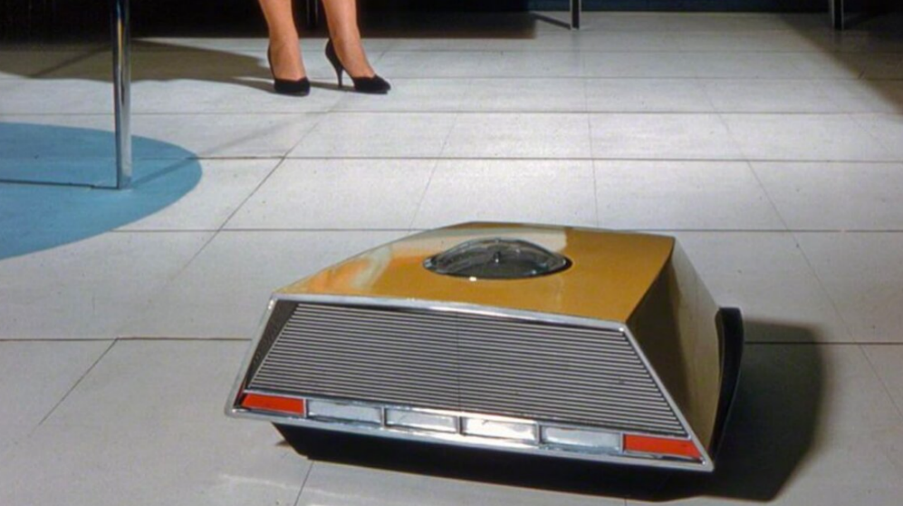
The Era of More Affordable and Efficient Robot Vacuums
The technology introduced by Electrolux caused quite a stir. Following their example, other tech developers began enhancing and making the technology more accessible. In 2001, the first mass-produced robot vacuums appeared, standing only 13 cm tall, working autonomously for up to 60 minutes, and offering three modes of operation: spot, quick, and regular cleaning.
Furthermore, the appliance could reach hard-to-access areas, clean under furniture, and even return to its charging station. Once again, this revolution was led by Electrolux, solidifying its position as a trendsetter in the field of robotic vacuums. Eventually, production became widespread, and more homes and offices began to experience automated cleaning.
Market Competition: Sweeping Machines by iRobot
A year after the updated and more affordable Trilobite version hit the market, iRobot introduced its Roomba sweeping robot. Roomba stood out with its patented three-stage cleaning technology: first, a side brush sweeps the surface, then a moving brush gathers dirt, and finally, the vacuum picks up the debris through a special port. Until then, most models on the market only used two-stage cleaning: sweeping and vacuuming. Roomba’s innovation allowed it to pick up even the tiny dust particles that cling to surfaces due to static electricity.
What Modern Robot Vacuums Can Do: A New Chapter in Robot Vacuum History
Today’s models can do what their predecessors couldn’t or did more primitively. Modern technology is now far more advanced and accessible, offering fantastic functionality that previous generations could only dream of.
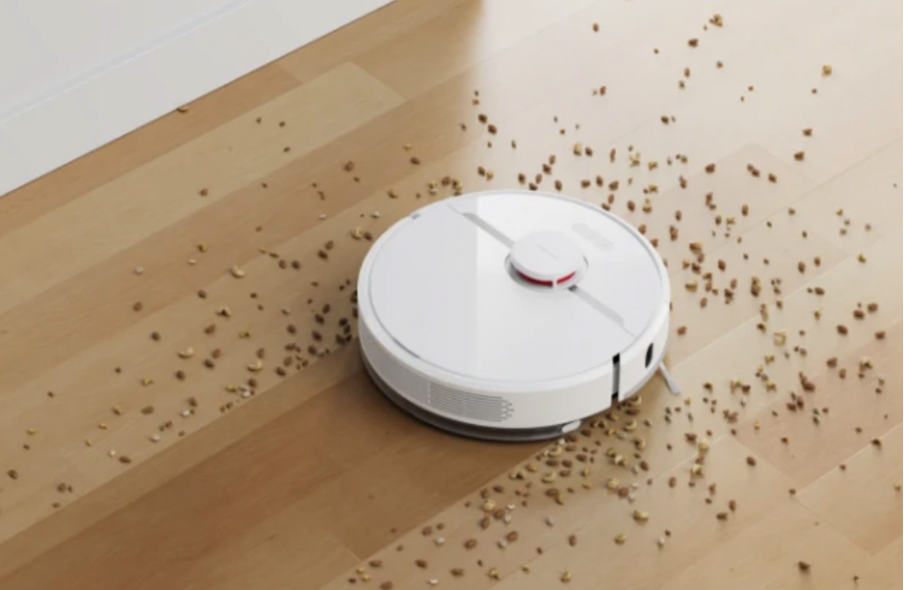
What’s New?
Modern robot vacuums have learned to navigate rooms more efficiently, overcome obstacles, and create detailed space maps. Previously, this was done quite primitively. Today, features like AI and smart options have elevated cleaning efficiency to a new level. In addition to ultrasonic technology, infrared sensors are now used to detect obstacles more effectively. Users used to rely on hacks like attaching magnetic strips to stairs or doorways to prevent the vacuum from moving into dangerous areas. Second-generation robots couldn’t detect thresholds or stairs. Now, this is no longer a problem.
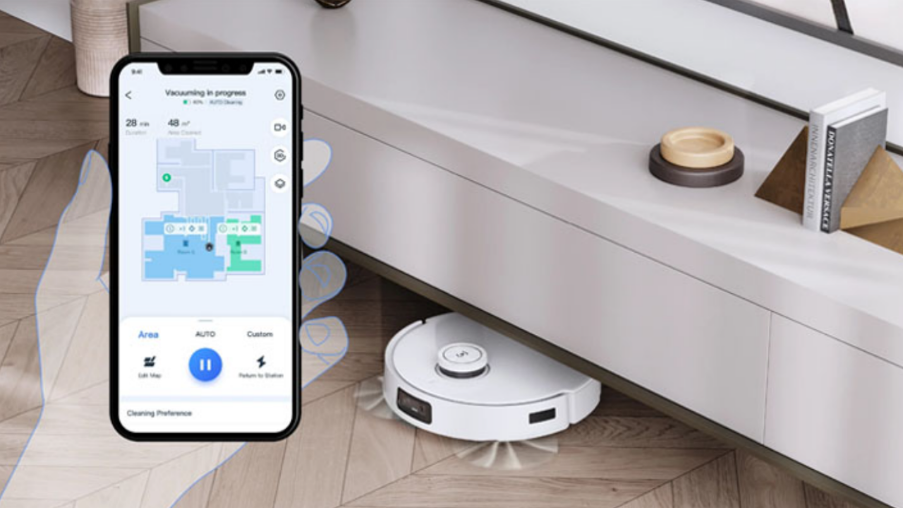
And even more:
- After one cleaning session, the room looks flawless. You can forget about separate carpet cleaning and floor washing; the device handles everything: it cleans carpets with low or no piles, washes floors, and automatically returns to its charging station when needed. You can forget to recharge it: this tool will do it automatically.
- Modern vacuums can connect to smartphones, allowing users to control settings, schedule cleaning times, and manage other functions remotely. You can start cleaning even when you’re not home.
- Cleaning has become more efficient thanks to the use of roller brushes, which collect dirt from floors more effectively.
- Automatic recharging: when the robot has a low battery, it automatically returns to its charging station without user assistance.
- Light indicators and notifications: users can find out when it’s time to empty the vacuum’s dustbin via an indicator light on the device or by receiving a notification on their smartphone.
Problems and Criticism of Early Robot Vacuums
Early models were extremely expensive and not accessible to everyone. Users expected perfect cleaning results for such a high price, but that wasn’t always the case. The main problem was that despite having sensors, the robots often didn’t navigate rooms efficiently, sometimes cleaning the same spot repeatedly while leaving other areas untouched. These issues have now been resolved with more advanced technology, artificial intelligence, and more sensitive sensors.
Over the last five years, the popularity of robot vacuums has surged again due to the resolution of these challenges. New-generation smart models are more efficient, affordable, and durable. They integrate seamlessly into “smart home” systems, becoming valuable household helpers that thoroughly clean the floors in every room.
Conclusion
The evolution and robot vacuum cleaner history is impressive. From Electrolux’s first attempts to introduce such a product to the market to today’s highly effective, accessible, and still intelligent devices, less than 30 years have passed. The idea of autonomous cleaning has become a reality: a dream come true.
Want to BUY this product?
Check out retailer list for your country.
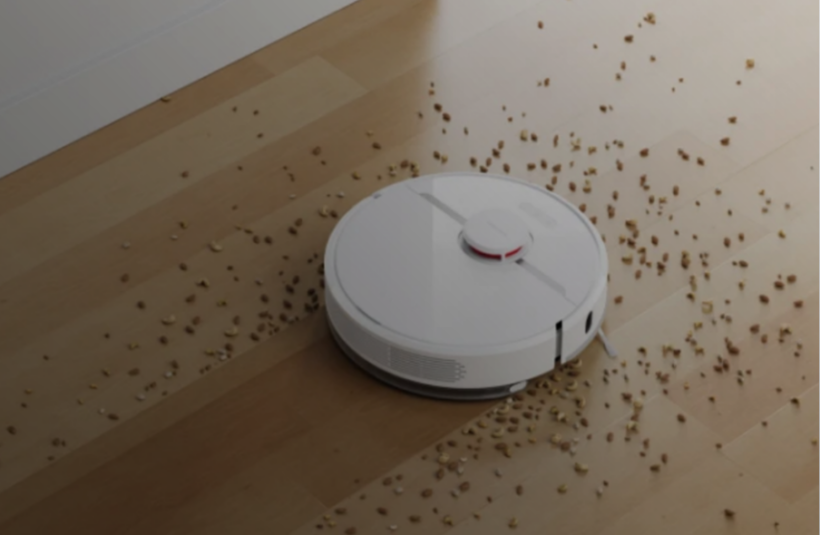
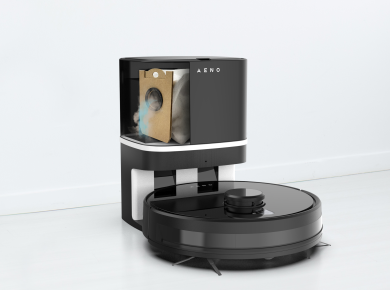
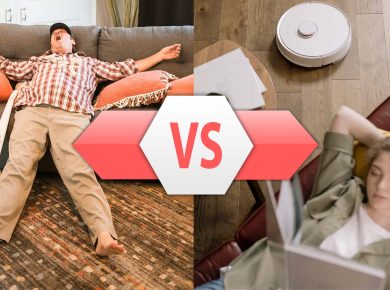
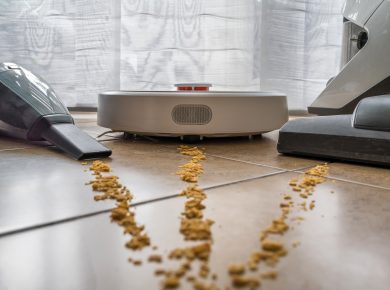



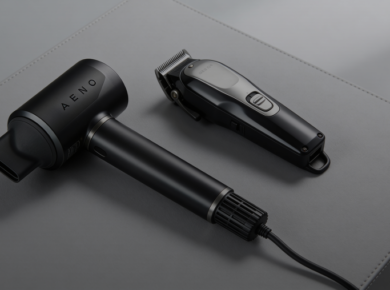

2 comments
كيف استطيع شراء مكنسة انا في الاردن
NICE BLOG